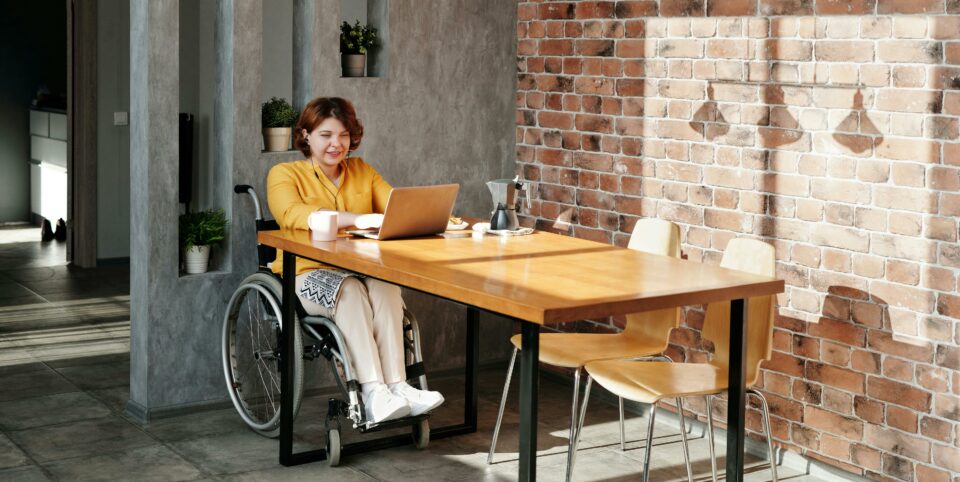Contact
020 4515 6728
info@ccameron.co.uk
Charles Cameron & Associates
Blackfriars Foundry
154-156 Blackfriars Road
London SE1 8EN
Renting to disabled tenants
May 3, 2024
Information published was correct at the time of writing
Understanding accessibility and adaptation in rental properties

As a landlord, you may rent your property to a tenant with a disability. This necessitates that the property be suitable for them, ensuring they do not struggle with day-to-day living or accessing their home. It is against the law for a landlord to discriminate against a disabled tenant.
However, it’s crucial to differentiate between an accessible property and an adapted one, as each comes with specific legal obligations for landlords. The Accessible Property Register defines an accessible property as one designed and laid out without barriers that might limit its suitability for some potential buyers. For instance, a property with steps leading up to the entrance would likely not be suitable for a wheelchair user.
FACILITATING A FULL AND ACTIVE LIFESTYLE
An accessible home is one that allows a disabled person to live independently, facilitating a full and active lifestyle. Such properties might also enable them to receive the necessary care at home safely. Key features of accessible properties can include level access showers or wet rooms, adapted kitchens with lowered work surfaces, wider doorways and easy access to upper floors via stairlifts or through-the-ceiling lifts, among others.
On the other hand, an adapted property is one that was not initially designed with disabled access or use in mind but has been modified to meet these needs. For landlords, adapting a property to be more inclusive can broaden the pool of potential tenants.
TENANTS CAN REQUEST ADAPTATIONS
Legally, a tenant can request adaptations, and landlords can access funding to help cover these costs, often through a Disabled Facilities Grant (DFG) from the local council. In England, Northern Ireland and Wales, DFGs are provided by local authorities to assist with the costs of adapting a property for the needs of a disabled person, with the maximum grant payable varying by region.
The maximum grant payable under a DFG is £30,000 in England, £25,000 in Northern Ireland and £36,000 in Wales. The grant will only be paid when the local authority is satisfied that the work has been completed to their satisfaction and in accordance with the grant approval.
GENERAL RESPONSIBILITIES AND OBLIGATIONS
Moreover, landlords have general responsibilities and obligations, including adhering to the legal rights of disabled tenants. It is illegal for landlords to refuse to rent to a disabled person because of their disability, impose higher rents on disabled tenants or deny access to facilities available to other tenants, such as parking spaces.
Evicting a tenant due to disability or illness, providing less secure tenancy agreements or refusing to allow guide or assistance dogs under a ‘no pets’ rule are also prohibited.
ENSURING EQUALITY AND COMPLIANCE
When renting to a disabled tenant, it is a landlord’s duty to provide necessary and reasonable adaptations to make the property accessible and suitable for the tenant’s needs. Auxiliary aids might include wheelchair ramps, raised toilet seats and clear Braille signage. Failure to make these changes could constitute a breach of the law.
However, landlords may consider factors such as the lease’s length, the extent of required adaptations, and planning permissions or leaseholder consents. Ensuring your property is inclusive not only broadens your tenant base but also contributes to a more equitable and supportive community.
Don’t forget, our professional friendly advisors are on hand to support you and can help you explore all of your options.



